.webp)
10 Secondment Agreement Clauses to Protect Employers
In theory, a secondment can be simple: an employee (the secondee) remains under the contract of their original employer, yet works for a host organization.
However, behind this working arrangement is a minefield of contractual and legal pitfalls.
The Non-Negotiable Clauses in a Secondment Contract
 Secondment is now a key part of the modern working environment.
Secondment is now a key part of the modern working environment.
A multinational organisation sending staff abroad, a law firm placing its lawyers within a client's team, or an internal unit lending expertise to another; secondments are all around us.
They enable organisations to fill skills shortages, provide staff with fresh challenges, and reinforce business relationships.
This blog introduces the "Non-Negotiable 10" clauses and their main terms that every sound secondment agreement should contain.
Key Takeaways
- A secondment agreement is a legally enforceable tripartite contract between the employer, host, and secondee.
- Well-documented agreements avoid risks such as dual employment, conflicts, and financial uncertainties.
- Every secondment agreement has to define employment status, reporting lines, and lines of authority.
- Confidential information and intellectual property must be protected in both domestic and cross-border secondments.
- Financial obligations like salary, benefits, insurance, and expenses must be separately allocated.
- Provisions for duration, termination rights, and redundancy protections must also be included in contracts.
- Change management clauses enable secondments to evolve without generating uncertainty.
Phase 1: Defining Who's in Charge
.webp?width=300&height=300&name=Defining%20Status%20and%20Control%20(Preventing%20Dual%20Employment).webp) Without careful drafting, secondments may generate uncertainty regarding who should bear employment responsibilities, putting both the original employer and the host organization at risk of liability.
Without careful drafting, secondments may generate uncertainty regarding who should bear employment responsibilities, putting both the original employer and the host organization at risk of liability.
-
Employment Status and Continuity Clause
The contract should clearly say that the secondee is an employee of the initial employer during the secondment.
There must be continuity of employment without any break.
This prevents the secondee from becoming a host employee by default, which would lead to complications regarding benefits, statutory rights, and seniority.
By making employment continuity clear in a clause, it prevents legal challenges over dual employment or breaks in service.
-
Employee Consent and Contract Variation Clause
Secondments automatically mean changes to the initial employment contract, thus employee consent becomes a necessity.
This clause records the consent of the employee to changes, making them a willing party to the contractual variation.
Crucially, this clause also has to state the option not to refuse a secondment.
Employers cannot force an employee to relocate to a host organization at the risk of being sued for constructive dismissal or breach of contract.
By dealing with consent in advance, the agreement not only safeguards the secondee but also curtails the employer's liability for future legal claims.
-
Duration, Extension, and Curtailment Clause
Whether to a specific task or to a fixed tenure, the agreement needs to have extension or premature cutting short procedures.
Without such specification, organizations stand to lose in disputes over whether the secondment is temporary or permanent reassignment.
Uncertainty regarding duration may also affect compliance with fixed-term employment legislation, giving rise to unforeseen legal implications.
By providing timelines and procedures, this clause provides certainty to all parties.
-
Definition of Reporting, Disciplinary, and Grievance Responsibility
While the host may direct the secondee’s day-to-day activities, the original employer must retain formal authority over HR matters such as disciplinary action, grievances, and pay review.
A useful add-on is a host referral mechanism, which defines procedures for a host to refer policy violations or performance issues back to the original employer.
This preserves a transparent line of accountability, guarantees observance of internal policies, and enforces that the employment of the secondee continues to be controlled by the initial employer.
Phase 2: From Payroll to Policy Compliance
 Secondments would usually incur several costs, obligations, and regulation duties, and a failure to manage them adequately can lead to conflicts between the initial employer and the host organization.
Secondments would usually incur several costs, obligations, and regulation duties, and a failure to manage them adequately can lead to conflicts between the initial employer and the host organization.
This stage provides a guarantee that financial obligations are well defined and that all parties comprehend their operational responsibilities, eradicating risks and allowing for a harmonious relationship.
-
Compensation, Benefits, and Reimbursement Clause
A foundation of this stage is the Compensation, Benefits, and Reimbursement Clause.
Generally, the salary of the secondee is still paid by the original employer, but the host business may reimburse these expenses, in whole or in part, based on the agreement.
The provision must also provide for employee benefits, such as pension payments, sick pay, and other rights.
Without clear provisions, there will be disputes over who has the financial burden of these obligations.
Properly worded, this clause protects the rights of the employee and avoids possible claims for unpaid compensation or benefits.
-
Host Policies and Legal Compliance Clause
Although the secondee remains an employee of the original employer, he/she may be subject to observing the host organization's policies during secondment.
This encompasses complying with health and safety procedures, rules on using IT, and procedures of operations.
The Host Policies and Legal Compliance Clause ensures that the secondee understands these requirements while carefully maintaining the legal distinction that they remain employed by the original employer.
Misalignment here can inadvertently suggest that the secondee is integrated into the host’s workforce, risking employment claims or liability issues.
-
Liability and Indemnification Clause
The Liability and Indemnification Clause determines responsibility in case of mistakes, omissions, or actions taken by the secondee during the performance of duties.
It must identify the condition under which the host organization and original employer are indemnified against claims resulting from the other entity's actions.
In addition, this clause defines whether the host's insurance extends to the secondee's activities, reducing vicarious liability and possible financial loss.
By laying down indemnification terms clearly, each side is assured of what their respective obligations are.
Phase 3: Protecting Assets and Innovation
 In any secondment agreement, employees often gain access to confidential information, trade secrets, or assist in the production of intellectual property.
In any secondment agreement, employees often gain access to confidential information, trade secrets, or assist in the production of intellectual property.
Safeguarding such assets is vital in protecting the commercial interests of the original employer and the host business.
Phase 3 of a secondment agreement aims at providing assurance that confidentiality is upheld and the rights to intellectual property are defined explicitly, minimizing the potential for disputes and possible legal ramifications.
-
Confidentiality and Non-Disclosure Clause
The Confidentiality and Non-Disclosure Clause mandates that the secondee, as well as the initial employer, uphold utmost confidentiality of all information gained from the host company.
This covers confidential data, client data, strategic plans, and working processes.
Significantly, this duty must endure the expiry of the secondment, so sensitive information is not disclosed or misused following the return of the employee to the original position.
Violations of confidentiality can have very adverse reputational and financial impacts, especially if the secondee is dealing with personal information or commercially sensitive information.
-
Intellectual Property (IP) Ownership Clause
Secondments can also involve the creation of new intellectual property, such as inventions, processes, software, or other commercial outputs.
The IP Ownership Clause clearly defines which party, the host organization or the original employer, owns the resulting intellectual property.
Without explicit agreement, the general position in most jurisdictions is that IP produced by an employee in the course of their employment becomes the property of the initial employer.
By making explicit provision for ownership, this clause eliminates uncertainty and avoids any possible future disputes relating to rights, licensing, or commercial exploitation of work carried out under the secondment.
Phase 4: Managing the High-Risk Exit
 The last step in a secondment contract deals with the most delicate and legally challenging point: termination of the secondment.
The last step in a secondment contract deals with the most delicate and legally challenging point: termination of the secondment.
Without comprehensive provisions, repatriation and possible redundancy can give rise to arguments, unfair dismissal claims, or business disruption.
Careful planning and contractual precision are required to avoid such risks.
-
Return-to-Work and Redundancy Protocol Clause
This clause has to clearly state what is to be done when the secondment finishes.
The agreement must also indicate if the secondee resumes their original role, an alternative suitable role within the original employer's organization, or a redundancy procedure to be adopted.
In the event of non-existence of a post/role, the original employer must conduct a fair redundancy consultation procedure in accordance with relevant employment laws.
Having these procedures in place from the beginning serves to inform the secondee of their rights and responsibilities as well as safeguard the organization against possible legal action.
By having a formalised exit strategy, both the employee and employer can ensure a smooth transition, with continuity and trust maintained.
Ending on a Secure Note
A successful secondment involves more than having detailed knowledge of employment law, it calls for a formalised method of drafting agreements that protect all participants.
Manual management of these contracts, however, can be time-consuming, labor-intensive, and administratively cumbersome for organisations that have a high rate of talent rotations across their workforce. This is where Microsoft 365 proves invaluable.
Through the use of its built-in document management tools, versioning capabilities, and workflow automation, companies can automate the preparation, negotiation, and monitoring of secondment agreements.
To take contract management to the next level, Dock 365 provides a purpose-designed solution specifically for secondments and other sophisticated employment arrangements.
To get your organization on the path to changing its secondment agreement strategy, simplifying workflows, and reducing risk, book a free demo of Dock 365 now and discover a contemporary, streamlined, and compliant contract management solution.
Like our content? Subscribe to our newsletter on LinkedIn for more insights and updates.
Book a Live demo
Schedule a live demo of Dock 365's Contract Management Software instantly.

Written by Jithin Prem


